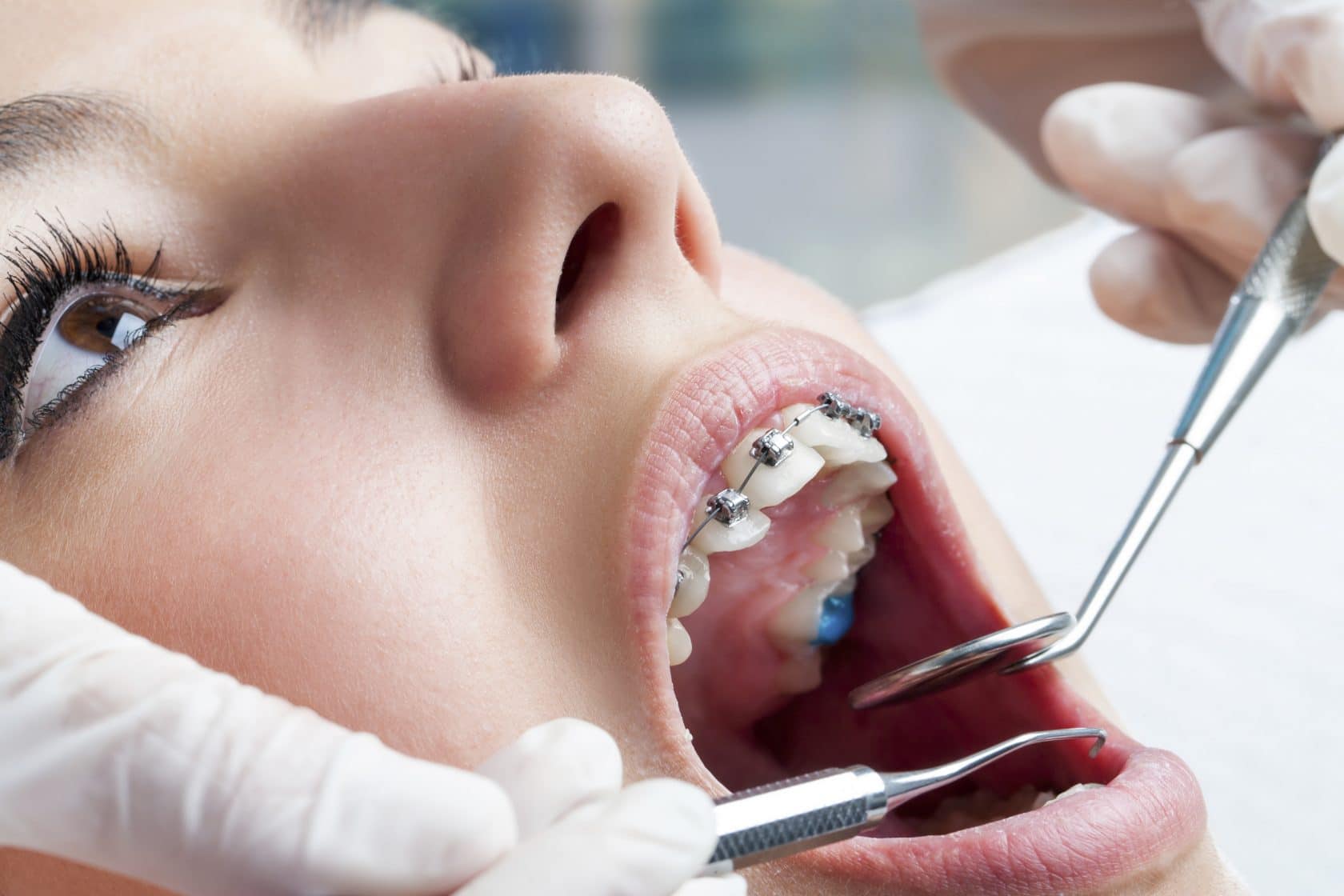Comprehensive Guide to Orthodontics Procedures for Dealing With Oral Misalignments
In the world of orthodontics, the trip to accomplishing a flawlessly straightened smile entails a myriad of treatments tailored to fix dental imbalances. From conventional braces to unseen aligners and also surgical choices, the area of orthodontics supplies a series of options to resolve varying degrees of oral irregularities. Comprehending the intricacies of each treatment, including their devices, benefits, and possible drawbacks, is vital in making notified decisions concerning one's orthodontic treatment. As we navigate through the detailed overview to orthodontic treatments for dealing with dental imbalances, the elaborate details of each technique will unfold, clarifying the path towards a harmonious and practical dental alignment.
Orthodontic Procedures Introduction

Along with clear aligners and typical braces, orthodontists may likewise suggest various other interventions like headwear, palatal expanders, or retainers to deal with particular alignment concerns (cumming aligners). These procedures are tailored to every person's special requirements and may entail a mix of treatments to achieve the preferred outcomes. Regular changes and surveillance are important components of orthodontic treatment to ensure progress is on track and to make any needed adjustments along the way. By undergoing orthodontic treatments, people can not only accomplish a straighter grin but likewise enhance their total dental health and feature.
Typical Braces: Just How They Function
When considering orthodontic therapies for oral imbalances, standard dental braces stand out as a time-tested method for correcting teeth positioning. Traditional dental braces consist of brackets, cords, and bands that function with each other to apply continuous stress on the teeth, gradually moving them right into the desired alignment.
As stress is applied to the teeth via the braces, the bone bordering the teeth is improved to support the brand-new tooth positions. Individuals will certainly need routine changes at the orthodontist's office to make certain the dental braces continue to apply the appropriate stress for efficient teeth movement.
Invisible Aligners: Disadvantages and pros
These clear, custom-made trays are practically unnoticeable when used, making them an attractive option for people seeking an extra cosmetically pleasing orthodontic treatment. Clients can get rid of the aligners prior to consuming or cleaning their teeth, lowering the risk of food obtaining stuck in the home appliance and simplifying the cleansing procedure.

Surgical Orthodontic Options
Surgical interventions in orthodontics present viable options for resolving complicated oral misalignments that Go Here may not be properly solved via standard orthodontic therapies. While standard braces and invisible aligners can deal with numerous orthodontic problems, certain situations require surgical intervention to achieve ideal outcomes. Surgical orthodontic alternatives are commonly recommended for extreme malocclusions, considerable jaw disparities, and situations where the underlying bone framework requires alteration to achieve appropriate alignment.
One usual surgical orthodontic procedure is orthognathic surgical procedure, which entails rearranging the jaws to correct practical problems such as problem talking or chewing. This surgical treatment is typically carried out in cooperation with an orthodontist that helps line up the teeth prior to and after the procedure. Surgical orthodontics might likewise involve treatments to subject influenced teeth, eliminate excess periodontal tissue, or improve the jawbone to create a much more harmonious facial account.
Before considering medical orthodontic alternatives, patients go through a comprehensive assessment to identify the requirement and possible advantages of such interventions. orthodontics. While surgery might appear daunting, it can substantially enhance both the feature and visual appeals of the smile in situations where conventional orthodontic therapies fall short
Retainers and Post-Treatment Treatment

Post-treatment care involves complying with the orthodontist's guidelines faithfully. This may consist of appropriate dental hygiene techniques, going to follow-up consultations, and putting on the retainers as recommended. Failing to abide by post-treatment treatment directions can result in relapse, where the teeth gradually move back towards their initial placements. Consistent retainer wear, good dental health, and routine dental check-ups are essential for maintaining the outcomes achieved via orthodontic surgical procedure teeth braces and ensuring the lasting stability of the remedied oral positioning.
Conclusion
In final thought, orthodontic procedures supply various options for correcting oral imbalances. Surgical orthodontic alternatives are available for more serious misalignments. Generally, basics orthodontic treatments can successfully improve dental health and aesthetic appearance.
As we browse with the detailed guide to orthodontic treatments for fixing dental imbalances, the complex details of each method will certainly unfold, shedding light on the course toward a unified and useful dental alignment. - invisalign
One of the most common orthodontic treatments is the use of dental braces, which are composed of steel brackets and cords that apply mild stress to gradually move teeth into the wanted setting.When thinking about orthodontic treatments for dental imbalances, conventional dental braces stand out as a reliable approach for remedying teeth positioning. In addition, invisible aligners might not be appropriate for intricate orthodontic problems that call for more substantial teeth movement, as they are typically advised for mild to moderate instances. Retainers are personalized orthodontic tools designed to hold teeth in their corrected positions after the conclusion of orthodontic treatment.